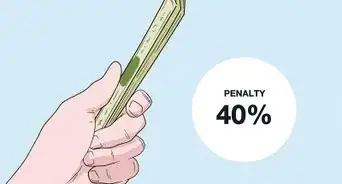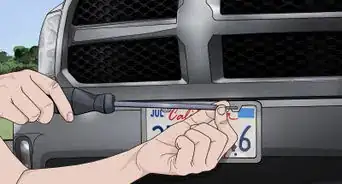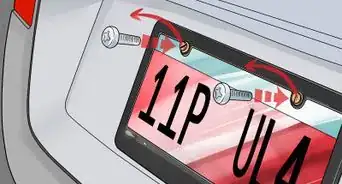This article was co-authored by Clinton M. Sandvick, JD, PhD. Clinton M. Sandvick worked as a civil litigator in California for over 7 years. He received his JD from the University of Wisconsin-Madison in 1998 and his PhD in American History from the University of Oregon in 2013.
There are 9 references cited in this article, which can be found at the bottom of the page.
wikiHow marks an article as reader-approved once it receives enough positive feedback. In this case, 84% of readers who voted found the article helpful, earning it our reader-approved status.
This article has been viewed 467,631 times.
A car title is a certificate of proof that a person actually owns a motor vehicle. When people say their name is “on the title,” that means that they own the car. Whether you're buying a car or selling one to someone else, you're going to go through the process of transferring the car's title. Automobile dealerships take care of transferring the title when you buy from them, but you're required to comply with your state's laws when selling or buying a car on your own. Therefore, it is important for you to know how to transfer a car title when buying or selling a car.
Steps
Buying from a Dealer
-
1Work with the dealer. In most cases, when you are buying a car from a professional dealer, the dealer will take care of all the paperwork. Follow the dealer’s instructions. In some states, you may need to get some additional paperwork from your insurance company, for example, before the dealer can complete its work.[1]
-
2Pay the fees and taxes. In addition to the purchase price for the car, you will be responsible for sales tax, registration fees, and a title fee. These costs will be different from one state to the next. [2]Advertisement
-
3Verify the accuracy of the names on the title. The title certificate is the document that identifies the owner or owners of the car. It is important to get it right. Make sure that you proofread the names on it. If this is a car for a teenager, for example, consider whether you want the parent to own the car, or the child, or both. If it is for a married couple, consider how you want the names to appear.
- In some states, if a married couple’s names appear on the title as “John Smith and Mary Smith,” for example, it has a different legal meaning than “John Smith or Mary Smith.” Using “and” means that any future transfer would require both people’s signatures. Using “or” is a looser partnership, and means that each person owns half of the car and could transfer his or her half of the car.[3] Talk with the dealer about the difference at the time of the purchase.
-
4Collect the title (or not). If you are paying the full price for the car, you should receive the title from the dealer or the Registry of Motor Vehicles within about 30 days. However, if you are buying the car with a loan, then the lender’s name will appear on the title as a “lienholder.” This means that the lender has certain rights to control what happens to the car, at least until you pay off the loan. In many states, if a lienholder appears on the title, then the title will either go to the lienholder or will be held by the Registry until the loan is paid off. When the loan is paid in full, then the lienholder will be removed and you will receive the actual title certificate.
Buying or Selling Privately
-
1Prepare a bill of sale. Most states require a bill of sale, which is a brief document that spells out the details of the sale or transfer. In your bill of sale, you will need to include the following information:
- Purchase price
- VIN
- Make and model of the car
- Odometer reading, and statement verifying its authenticity
- Signatures of both buyer and seller. If the title has more than one name as the original owner, you will probably need both of them to sign the bill of sale.[4]
-
2Complete transfer information on the title. The title certificate itself will contain spaces, usually on the back, for you to complete with the details of the transfer. Be sure to read the instructions very carefully. In some states, you may actually have to take the title to the Registry of Motor Vehicles, with both the buyer and seller in person, in order to complete this step.[5]
-
3
-
4Request new title. In most states, the buyer is responsible for requesting a new title and registration for the car. There is usually a brief time limit, approximately 30 days, to complete this. The buyer should check with the Registry of Motor Vehicles in his or her state for the exact procedure.[8]
Donating to a Charity
-
1Identify a reputable charity. In recent years, millions of people have used car donations as a good way to support charities and receive tax deductions. It is important, however, to identify a reputable charity that deserves your support. Be sure that the charity has 501(c)(3) tax status, so that you can receive a tax deduction for the donation.[9] [10]
-
2Make sure the title is in your name. If the title is in the name of two people, both will be needed to make the transfer. If the title is in someone else’s name (a parent, child, etc.), you will need to have that person make the donation, or transfer the title and then make the donation. If you do not have the title certificate, you will need to request a duplicate from the Registry of Motor Vehicles.[11]
-
3Complete the title transfer information on the title certificate. Some charities will suggest that you simply hand over the title certificate and let them take care of the paperwork. While this sounds helpful, don’t do it.[12] For the transfer to be valid, you need to:
- Complete the transfer information on the back of the title certificate.
- Report the accurate odometer reading at the time of the transfer.
- Enter the name of the charity or an authorized representative.
- Sign and date the form.
- Keep copies of all the paperwork.[13]
Warnings
- Make sure the name you sign on the title is the name that appears on your driver's license. Don't use a nickname.⧼thumbs_response⧽
- Going to the DMV to transfer the title ensures that paperwork is received and processed in a timely fashion.⧼thumbs_response⧽
- Make sure you comply with your state's laws before transferring the car's title. The information in this article is generalized information based on a variety of sources. You will need to check with the authorities in your own state for your particular requirements.⧼thumbs_response⧽
References
- ↑ http://www.dmv.org/title-transfers.php
- ↑ http://www.dmv.org/title-transfers.php
- ↑ http://www.transportation.wv.gov/DMV/Vehicle-Services/Titles/Pages/default.aspx
- ↑ https://www.rocketlawyer.com/article/changing-vehicle-ownership---getting-a-car-title-transferred-with-the-dmv.rl
- ↑ https://www.infinityauto.com/knowledge-center/car-care-guide/how-transfer-car-title
- ↑ http://www.ksrevenue.org/pdf/tr128.pdf
- ↑ https://www.dmv.virginia.gov/vehicles/liens.html
- ↑ http://www.dmv.org/title-transfers.php
- ↑ http://www.charitynavigator.org/?bay=content.view&cpid=158#.VyoGffkrJdg
- ↑ http://www.mass.gov/ago/doing-business-in-massachusetts/public-charities-or-not-for-profits/donating-to-a-charity/donating-a-car-to-charity.html
- ↑ http://www.mass.gov/ago/doing-business-in-massachusetts/public-charities-or-not-for-profits/donating-to-a-charity/donating-a-car-to-charity.html
- ↑ http://www.wheelsforwishes.org/vehicle-donation-title-faq/
- ↑ http://www.mass.gov/ago/doing-business-in-massachusetts/public-charities-or-not-for-profits/donating-to-a-charity/donating-a-car-to-charity.html
About This Article
Whether you buying your car privately or from a dealer, you'll need to transfer the car title to show that you're the new owner. If you’re buying your car privately, prepare a bill of sale, which is a document that spells out the details of the sale or transfer. Then, complete the transfer information on the title itself. You may need to go to the Registry of Motor Vehicles in person to complete the transfer. To transfer a car title when you buy from a dealer, work with the dealer and follow their instructions as to where to sign, and pay any fees and taxes. Check the title to make sure your name is spelled correctly. For more tips from our Legal co-author, like how to donate your car to charity, keep reading!






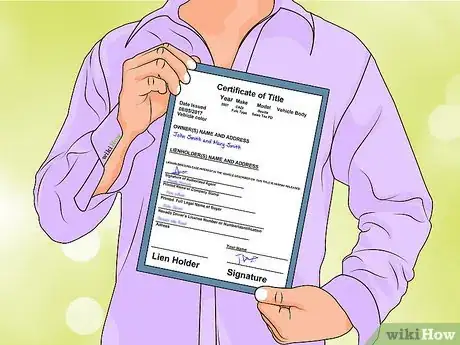

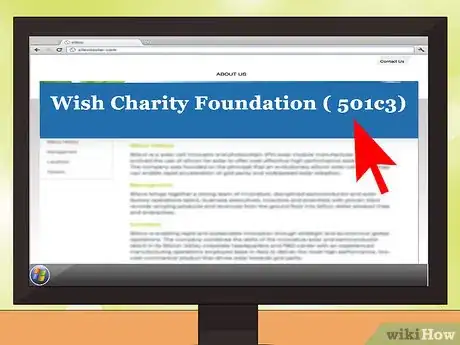
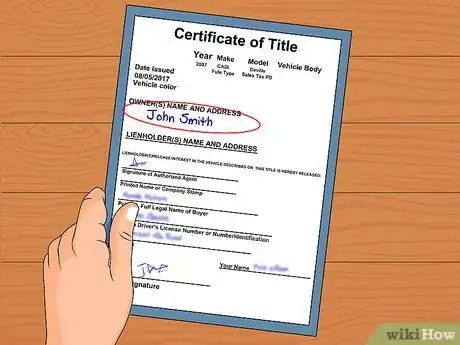
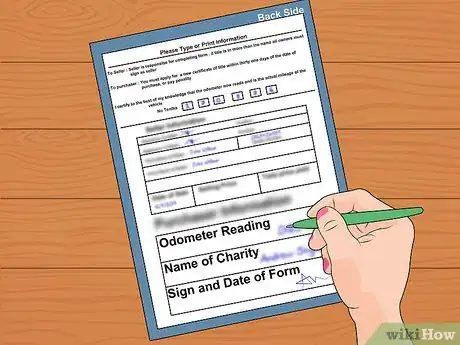
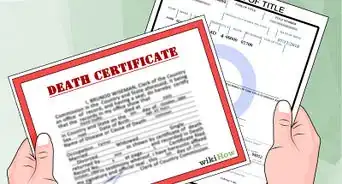


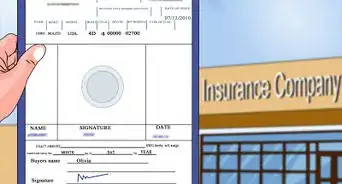

-Step-17.webp)

